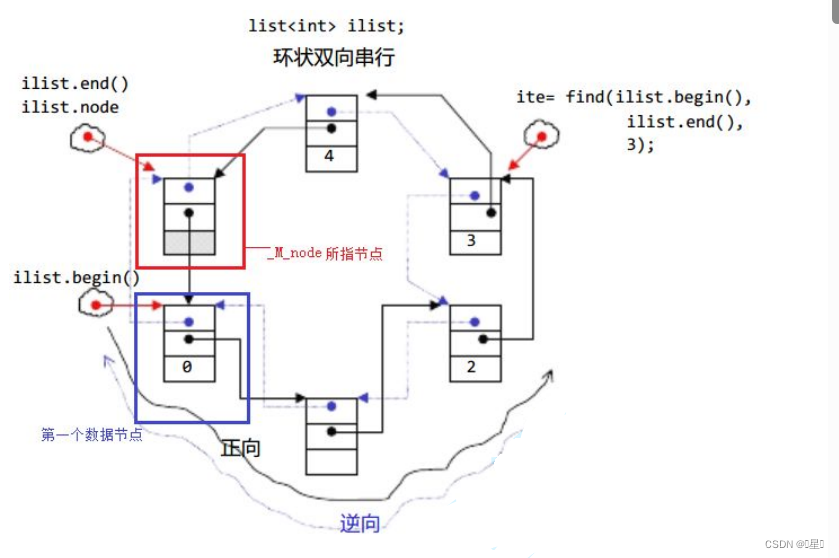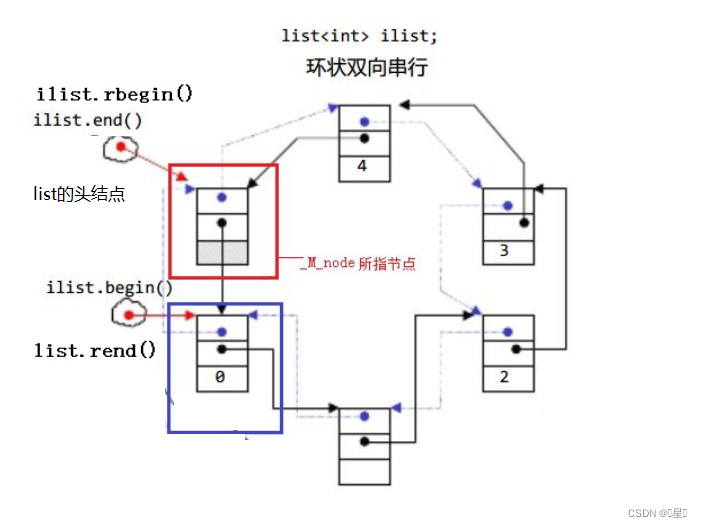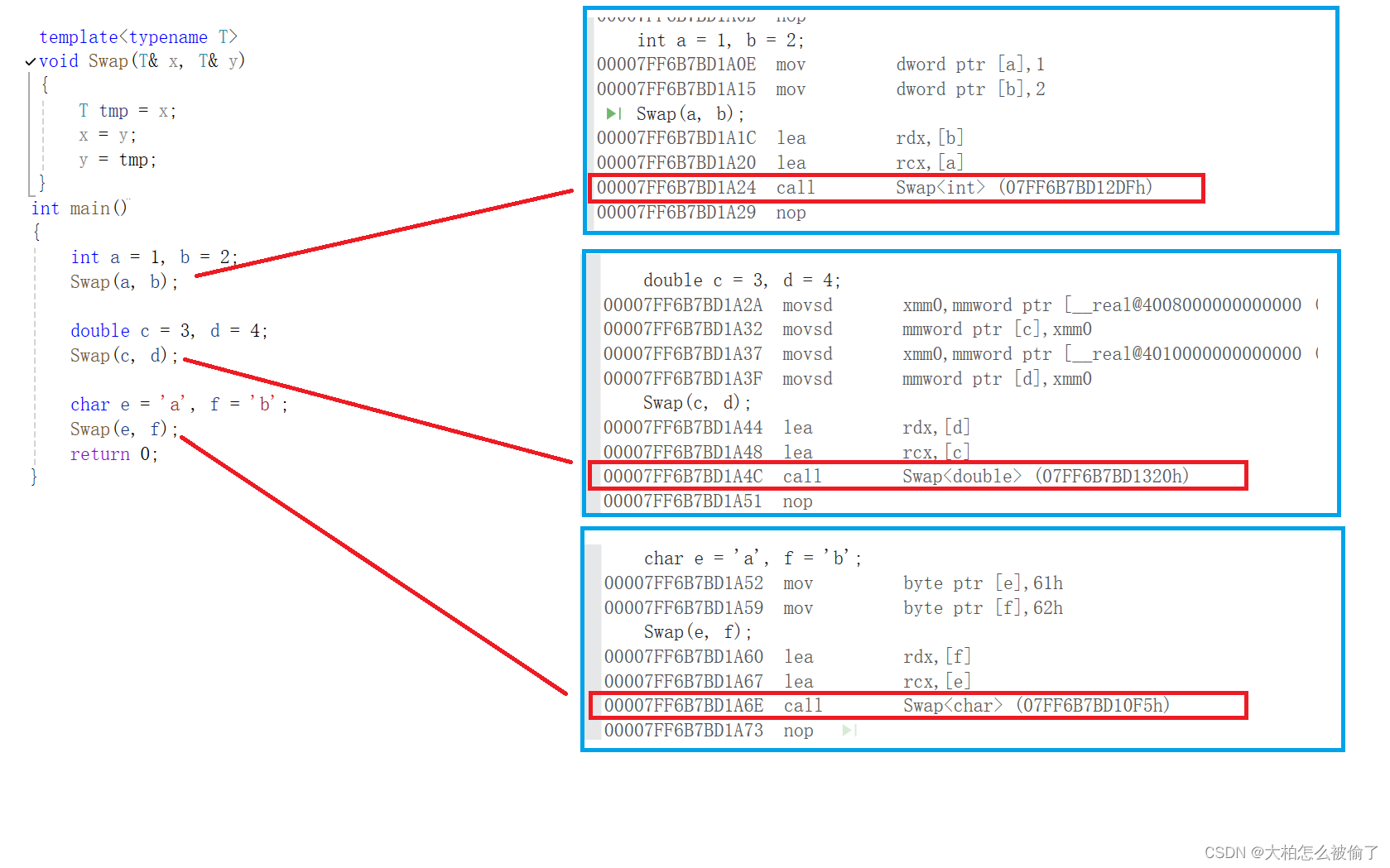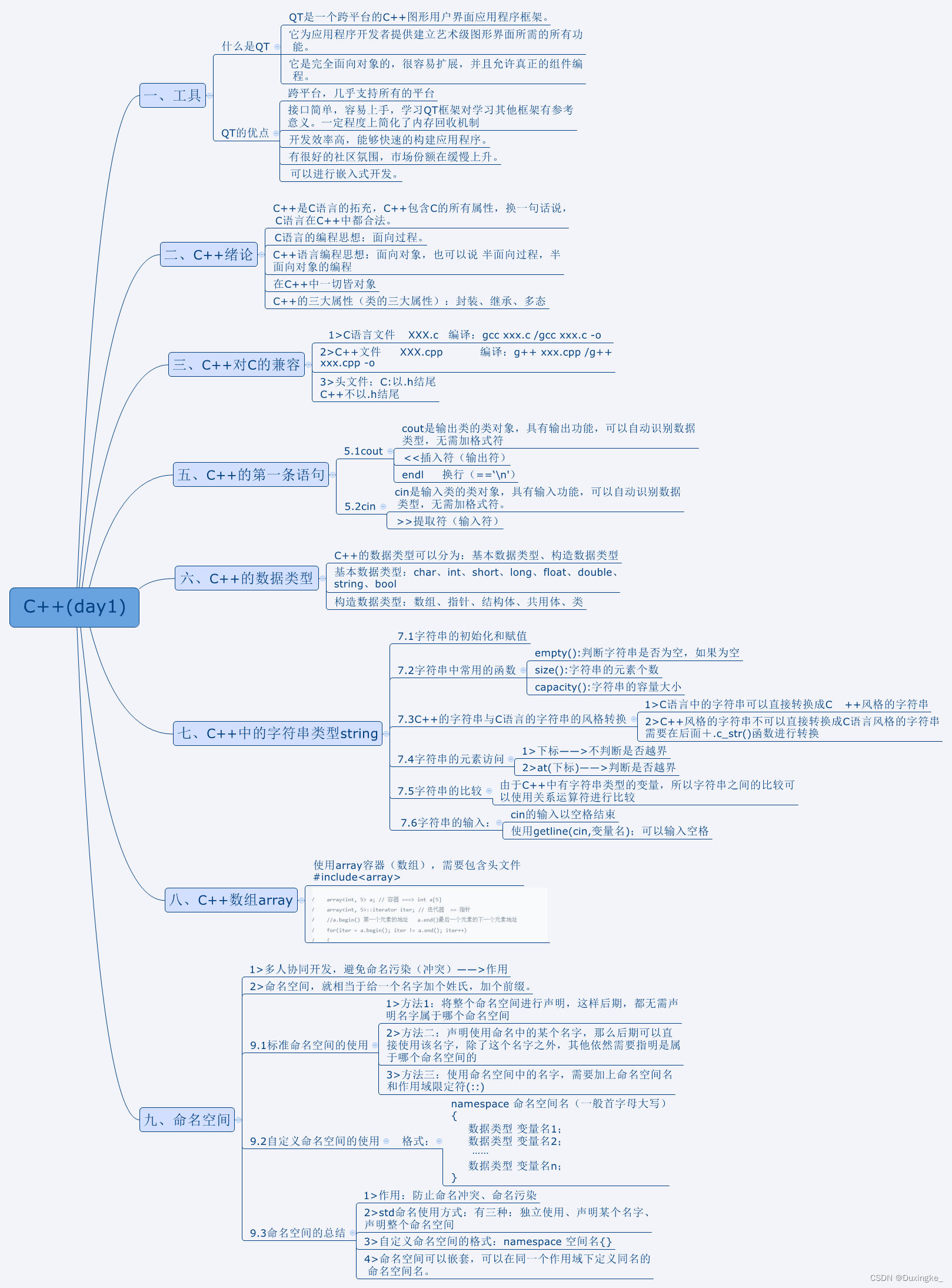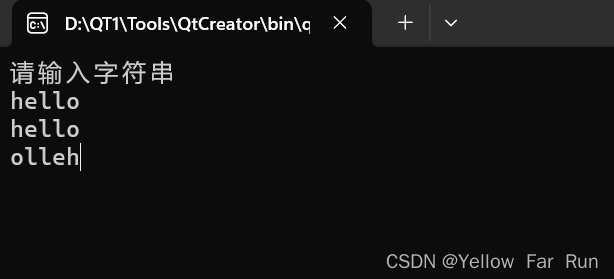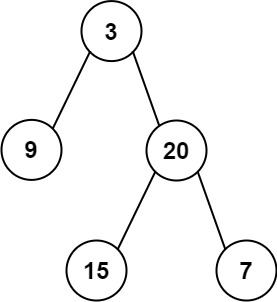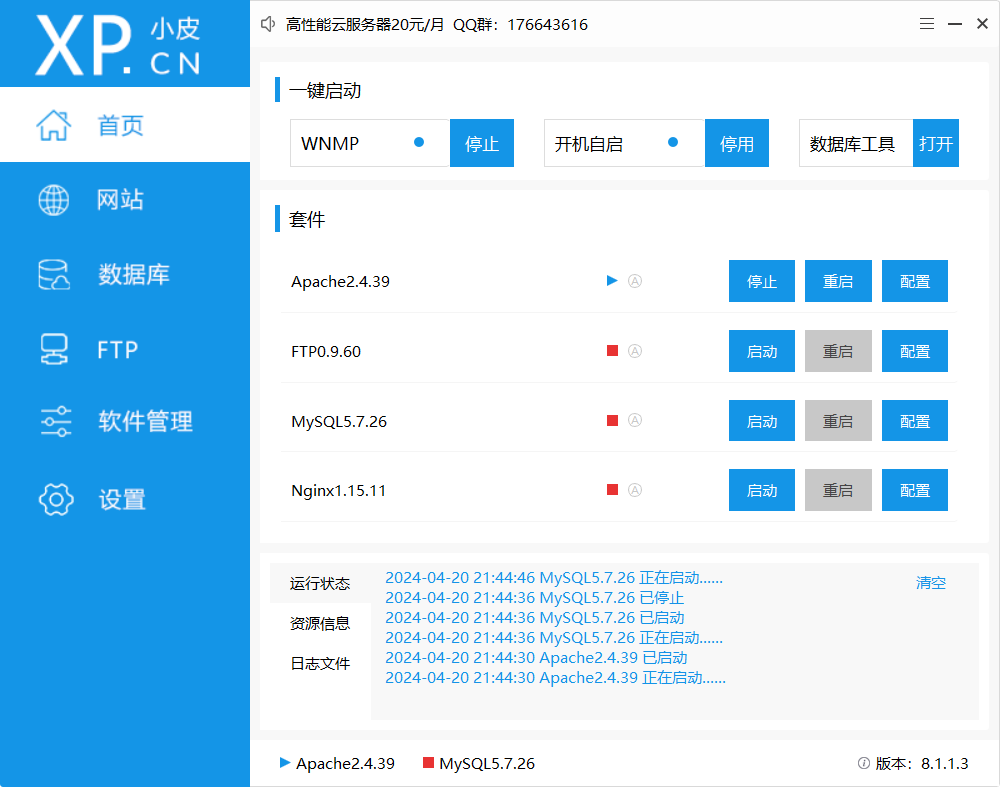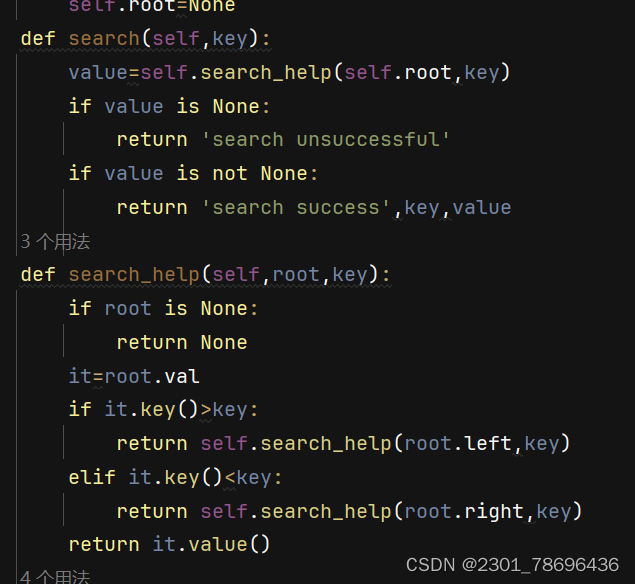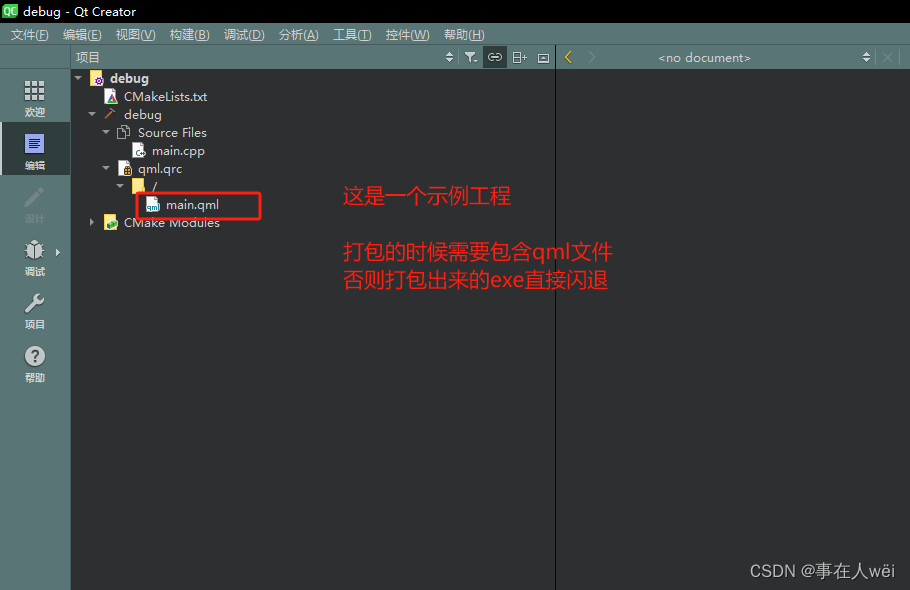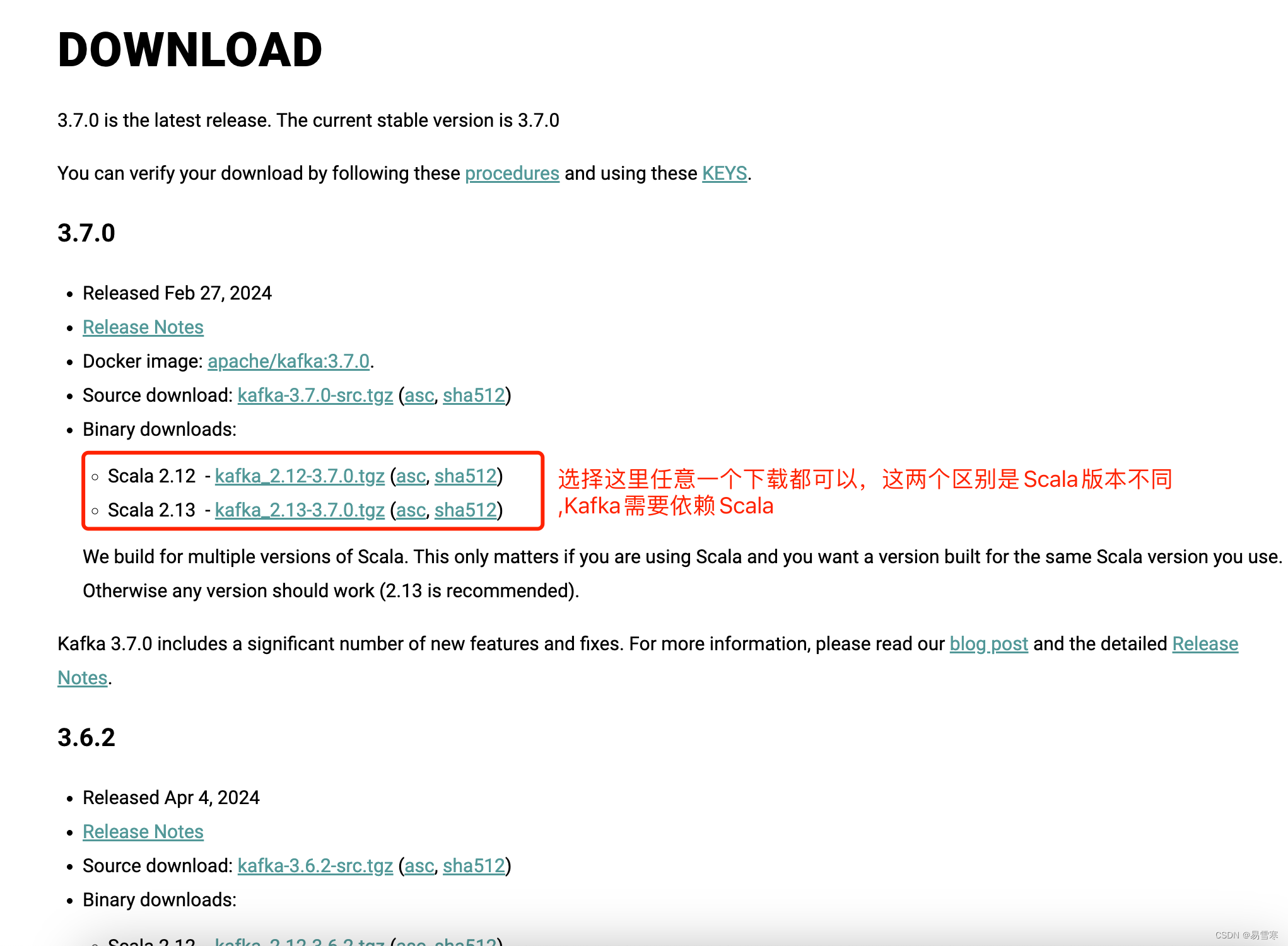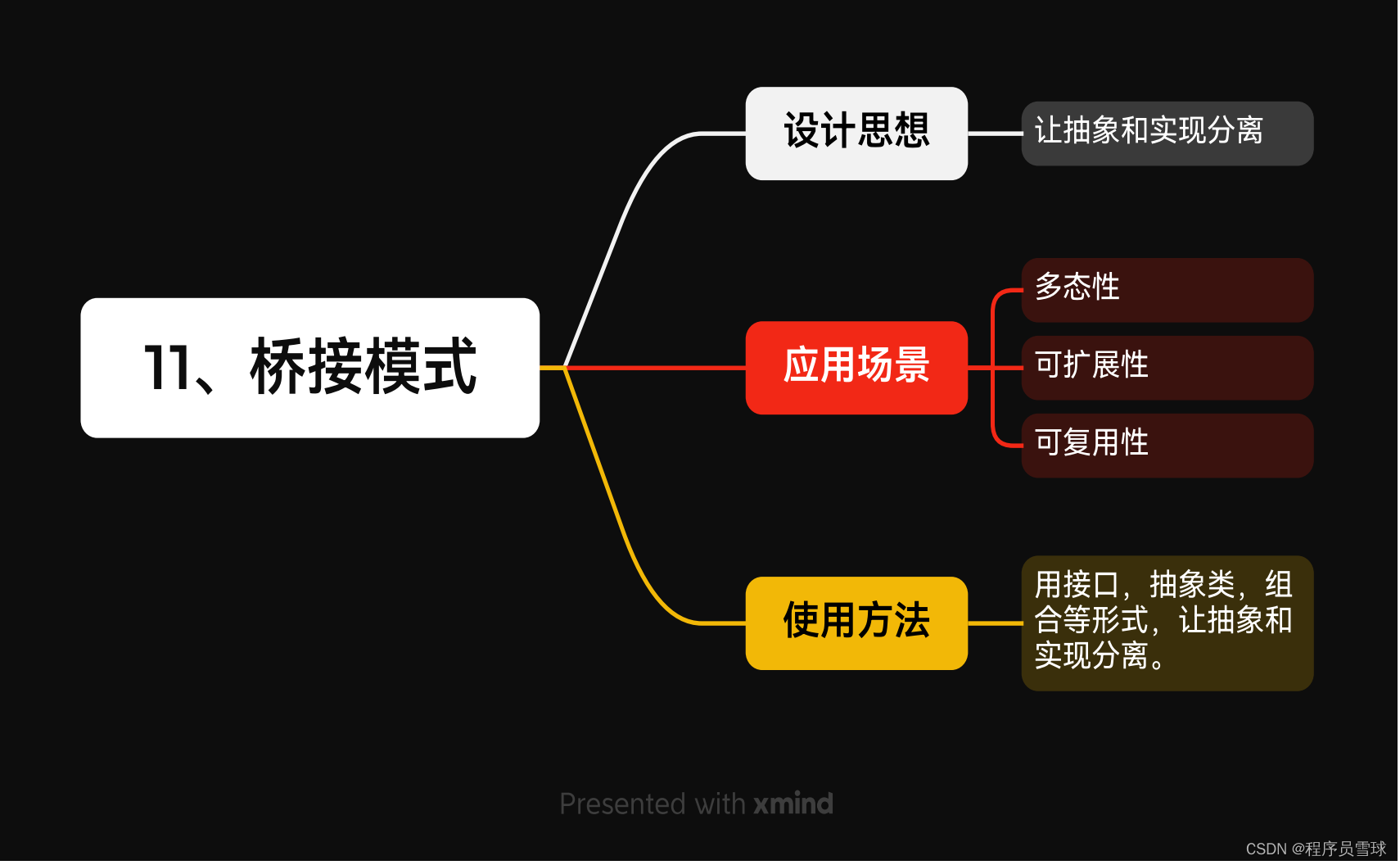1、 list介绍
1.1、 list介绍
1.list是可以在常数范围内在任意位置进行插入和删除的序列式容器,并且该容器可以前后双向迭代。
1. list的底层是双向链表结构,双向链表中每个元素存储在互不相关的独立节点中,在节点中通过指针指向 其前一个元素和后一个元素。
2. list与forward_list非常相似:最主要的不同在于forward_list是单链表,只能朝前迭代,已让其更简单高 效。
3. 与其他的序列式容器相比(array,vector,deque),list通常在任意位置进行插入、移除元素的执行效率 更好。
4. 与其他序列式容器相比,list和forward_list最大的缺陷是不支持任意位置的随机访问,比如:要访问list 的第6个元素,必须从已知的位置(比如头部或者尾部)迭代到该位置,在这段位置上迭代需要线性的时间 开销;list还需要一些额外的空间,以保存每个节点的相关联信息(对于存储类型较小元素的大list来说这 可能是一个重要的因素)
1.2 、list的使用
list中的接口比较多,此处类似,只需要掌握如何正确的使用,然后再去深入研究背后的原理,已达到可扩展 的能力。以下为list中一些常见的重要接口。
1.3、list的构造
构造函数( (constructor)) 接口说明 list (size_type n, const value_type& val = value_type()) 构造的list中包含n个值为val的元素 list() 构造空的list list (const list& x) 拷贝构造函数 list (InputIterator first, InputIterator last) 用[first, last)区间中的元素构造list 1.4 list iterator的使用
函数声明 接口说明 begin + end 返回第一个元素的迭代器+返回最后一个元素下一个位置的迭代器 rbegin + rend 返回第一个元素的reverse_iterator,即end位置,返回最后一个元素下一个位置的 reverse_iterator,即begin位置
【注意】
1. begin与end为正向迭代器,对迭代器执行++操作,迭代器向后移动
2. rbegin(end)与rend(begin)为反向迭代器,对迭代器执行++操作,迭代器向前移动
1.5 list element access
1.6 list modifiers
函数声明 接口说明 push_front 在list首元素前插入值为val的元素 pop_front 删除list中第一个元素 push_back 在list尾部插入值为val的元素 pop_back 删除list中最后一个元素 insert 在list position 位置中插入值为val的元素 erase 删除list position位置的元素 swap 交换两个list中的元素 clear 清空list中的有效元素 1.7 list的迭代器失效
迭代器失效即迭代器所指向的节点的无效,即该节 点被删除了。因为list的底层结构为带头结点的双向循环链表,因此在list中进行插入时是不会导致list的迭代 器失效的,只有在删除时才会失效,并且失效的只是指向被删除节点的迭代器,其他迭代器不会受到影响。
2、list的模拟实现
2.1 list的反向迭代器
通过前面例子知道,反向迭代器的++就是正向迭代器的--,反向迭代器的--就是正向迭代器的++,因此反向迭 代器的实现可以借助正向迭代器,即:反向迭代器内部可以包含一个正向迭代器,对正向迭代器的接口进行 包装即可。
template<class Iterator> class ReverseListIterator { public: typedef typename Iterator::Ref Ref; typedef typename Iterator::Ptr Ptr; typedef ReverseListIterator<Iterator> Self; public: // 构造 ReverseListIterator(Iterator it): _it(it) {} // 具有指针类似行为 Ref operator*() { Iterator temp(_it); --temp; return *temp; } Ptr operator->() { return &(operator*()); } // 迭代器支持移动 Self& operator++() { --_it; return *this; } Self operator++(int) { Self temp(*this); --_it; return temp; } Self& operator--() { ++_it; return *this; } Self operator--(int) { Self temp(*this); ++_it; return temp; } // 迭代器支持比较 bool operator!=(const Self& l) const { return _it != l._it; } bool operator==(const Self& l) const { return _it != l._it; } Iterator _it; };2.2、list的模拟实现
#pragma once #include<iostream> #include<assert.h> using namespace std; namespace kzy { template<class T> struct list_node { list_node<T>* _prev; list_node<T>* _next; T _data; list_node(const T& val = T()) :_prev(nullptr) ,_next(nullptr) ,_data(val) {} }; template<class T, class Ref,class Ptr> struct _list_iterator { typedef list_node<T> Node; typedef _list_iterator<T, Ref, Ptr> self; Node* _node; _list_iterator(Node* node) :_node(node) {} Ref operator*() { return _node->_data; } Ptr operator->() { //return &(operator*()); return &_node->_data; } self& operator++() { _node=_node->_next; return *this; } self operator++(int) { self* tmp(*this); _node = _node->next; return tmp; } self& operator--() { _node = _node->_prev; return *this; } self operator--(int) { self* tmp(*this); _node = _node->_prev; return tmp; } bool operator!=(const self& it) { return _node != it._node; } bool operator==(const self& it) { return _node == it._node; } }; template<class T> class list { typedef list_node<T> Node; public: typedef _list_iterator<T, T&, T*> iterator; typedef _list_iterator<T, const T&, const T*> const_iterator; const_iterator begin() const { return const_iterator(_head->_next); } const_iterator end() const { return const_iterator(_head); } iterator begin() { return iterator(_head->_next); } iterator end() { return iterator(_head); } list() { _head = new Node(); _head->_next = _head; _head->_prev = _head; } void empty_init() { _head = new Node(); _head->_next = _head; _head->_prev = _head; } template <class InputIterator> list(InputIterator first, InputIterator last) { empty_init(); while (first != last) { push_back(*first); ++first; } } void swap(list<T>& lt) { std::swap(_head, lt._head); } list(const list<T>& it) { empty_init(); list<T> tmp = list(it.begin(), it.end()); swap(tmp); } list<T>& operator=(list<T> lt) { swap(lt); return *this; } ~list() { clear(); delete _head; _head = nullptr; } void clear() { iterator it = begin(); while (it != end()) { it=erase(it); } } iterator erase(iterator pos) { assert(pos != end()); Node* cur = pos._node; Node* prev = cur->_prev; Node* next = cur->_next; prev->_next = next; next->_prev = prev; delete cur; return iterator(next); } void push_back(const T& x) { insert(end(),x); } void push_front(const T& x) { insert(begin(), x); } void pop_back() { erase(--end()); } void pop_front() { erase(begin()); } iterator insert(iterator pos, const T& x) { Node* newnode = new Node(x); Node* cur = pos._node; Node* prev = cur->_prev; prev->_next = newnode; newnode->_prev = prev; newnode->_next = cur; cur->_prev = newnode; return iterator(newnode); } private: Node* _head; }; void print_list(const list<int>& lt) { list<int>::const_iterator it = lt.begin(); while (it != lt.end()) { //*it = 10; // 不允许修改 cout << *it << " "; ++it; } cout << endl; } void test_list1() { list<int> lt; lt.push_back(1); lt.push_back(2); lt.push_back(3); lt.push_back(4); list<int>::iterator it = lt.begin(); while (it != lt.end()) { *it = 20; cout << *it << " "; ++it; } cout << endl; print_list(lt); } struct AA { AA(int a1 = 0, int a2 = 0) :_a1(a1) , _a2(a2) {} int _a1; int _a2; }; void test_list2() { list<AA> lt; lt.push_back(AA(1, 1)); lt.push_back(AA(2, 2)); lt.push_back(AA(3, 3)); lt.push_back(AA(4, 4)); // 迭代器模拟的是指针行为 // int* it *it // AA* it *it it-> list<AA>::iterator it = lt.begin(); while (it != lt.end()) { //cout << (*it)._a1 << "-"<< (*it)._a2 <<" "; cout << it->_a1 << "-" << it->_a2 << " "; ++it; } cout << endl; } void test_list3() { list<int> lt; lt.push_back(1); lt.push_back(2); lt.push_back(3); lt.push_back(4); lt.push_front(1); lt.push_front(2); lt.push_front(3); lt.push_front(4); for (auto e : lt) { cout << e << " "; } cout << endl; lt.pop_front(); lt.pop_front(); lt.pop_back(); lt.pop_back(); for (auto e : lt) { cout << e << " "; } cout << endl; } void test_list4() { list<int> lt; lt.push_back(1); lt.push_back(2); lt.push_back(2); lt.push_back(3); lt.push_back(4); lt.push_back(5); lt.push_back(6); // 要求在偶数的前面插入这个偶数*10 auto it1 = lt.begin(); while (it1 != lt.end()) { if (*it1 % 2 == 0) { lt.insert(it1, *it1 * 10); } ++it1; } for (auto e : lt) { cout << e << " "; } cout << endl; } void test_list5() { list<int> lt; lt.push_back(1); lt.push_back(2); lt.push_back(2); lt.push_back(3); lt.push_back(4); lt.push_back(5); lt.push_back(6); // 删除所有的偶数 /*auto it1 = lt.begin(); while (it1 != lt.end()) { if (*it1 % 2 == 0) { lt.erase(it1); } ++it1; }*/ auto it1 = lt.begin(); while (it1 != lt.end()) { if (*it1 % 2 == 0) { it1 = lt.erase(it1); } else { ++it1; } } for (auto e : lt) { cout << e << " "; } cout << endl; lt.clear(); for (auto e : lt) { cout << e << " "; } cout << endl; lt.push_back(10); lt.push_back(20); lt.push_back(30); for (auto e : lt) { cout << e << " "; } cout << endl; } void test_list6() { list<int> lt; lt.push_back(1); lt.push_back(2); lt.push_back(3); lt.push_back(4); lt.push_back(5); lt.push_back(6); list<int> lt1(lt); for (auto e : lt1) { cout << e << " "; } cout << endl; for (auto e : lt) { cout << e << " "; } cout << endl; list<int> lt2; lt2.push_back(10); lt2.push_back(20); lt1 = lt2; for (auto e : lt2) { cout << e << " "; } cout << endl; for (auto e : lt1) { cout << e << " "; } cout << endl; } }
3、list和vector对比
vector
list
底层结构
动态顺序表,一段连续空间
带头结点的双向循环链表
随机访问
支持随机访问,访问某个元素效率O(1)
不支持随机访问,访问某个元素效率O(N)
插入和删除
任意位置插入和删除效率低,需要搬移元素,时间复杂度为O(N),插入时有可能需要增容,增容:开辟新空间,拷贝元素,释放旧空间,导致效率更低
任意位置插入和删除效率高,不需要搬移元素,时间复杂度为O(1)
空间利用率
底层为连续空间,不容易造成内存碎片,空间利用率高,缓存利用率高
底层节点动态开辟,小节点容易造成内存碎片,空间利用率低,缓存利用率低
迭代器
原生态指针
对原生态指针(节点指针)进行封装
迭代器失效
在插入元素时,要给所有的迭代器重新赋值,因为插入元素有可能会导致重新扩容,致使原来迭代器失效,删除时,当前迭代器需要重新赋值否则会失效
插入元素不会导致迭代器失效,删除元素时,只会导致当前迭代器失效,其他迭代器不受影响
使用场景
需要高效存储,支持随机访问,不关心插入删除效率
大量插入和删除操作,不关心随机访

